 船员帮
船员帮

1. How would you balance your engine after taking power diagram? What is the use of VIT?
答:This is done by adjustment of the individual pump rocks (on fuel injection pump). It is usually carried out after careful analysis of the results of the power diagram (indicator cards) wherein we can decide which units need adjustment. Exhaust temperatures have to be carefully monitored since this will nearly 7 indicate the Pmax condition. Pump rack scale should be limited to within 3 mm deviation. If after adjustment and results are negative, component such as piston ring, fuel injection pump, exhaust valves, etc., have to be inspected at first opportunity. VIT or Variable Injection Timing is a device further incorporated on fuel injection pump to automatically adjust Pmax by changing the position of the pump barrel (changes the pump timing), which in turn control the amount of fuel delivered. It is usually advantageous during rough weather condition where abrupt load changes occur and so proper load distributions among cylinders are maintained.
2. Are you familiar with the following engine overhauling work: main engine overhaul, turbo charger overhaul, main bearing and crankpin bearing overhaul, and safety equipment survey?
答:Before overhauling work is done, what preparations should you make? I am very familiar with the overhauling work of the engines mentioned above. In every machinery overhaul, preparation is extremely important. The preparation usually include (1) Overhaul schedule (time and place to be decided) (2) Anticipate the conditions and or activities at the place or overhaul (3) Check necessary spares and special tools that will be required (4) Make necessary requisitions for spares if necessary (5) Discuss the matter with the master and ask for his approval (6) Inform concerned persons of the planned overhauling work (7) Conduct “toolbox meeting”, which should cover the following items: Personal protective equipment Specific duties/assignments of each work Safety measure to be taken Discuss the work with the aid of drawing, finished plan Tools and spares to be used Checklist to be done prior to overhaul Person to report to in case of doubt or trouble After the overhaul, I should make sure of the following There is no leakage and that all parts have been replaced in order All tools used are secured in their respective location The spot of overhaul is cleaned The machinery is tried out for proper operation and function All safety devices are checked。
3. Why is it important to take engine crankshaft deflection?
答:Engine crankshaft deflection measurements determine the alignment of the crankshaft and it is by means of this reading that we can ascertain the condition of the main bearings. Careful analysis of this reading would indicate which bearing to check.
4. Marine diesel engines are equipped with turbo-chargers. What do you think are the causes of their surges?
答:Surging could be caused by the following reasons: rough weather conditions, fouled air cooler, improper load distribution between cylinders, deflective turbocharger-excessive clearances, worn-out bearings, fouled turbo charger, abnormally high exhaust gas back pressure, and blocked scavenging ports.
5. How do you program the “preventive maintenance service” of the main engine and its auxiliaries? What are the criteria or basis to do this?
答:Preventive Maintenance Service (PMS) of the main engine should be carried out as per the maker’s recommendation. This could be found in the instruction manuals. “Checking and Maintenance Program” should be consulted prior to scheduling and maintenance. This will clearly indicate the intervals at which it is deemed appropriate to inspect individual components and to carry out overhauls, if necessary, based on the engine condition or on the time criteria.
6. What is the advantage of oil lubricating on propeller shaft stern tube?
答:Circulation lube oil on propeller shaft stern tube is advantageous to the effect that it will serve as lubrication by providing a film or coating between rubbing surfaces thereby reducing friction and wear. It also acts as sealing medium when under controlling pressure to prevent entrance of seawater into the rubbing surface eliminating the possibility of corrosion.
7. What is the purpose of installing a mist detector on the main engine?
答:The purpose of installing oil mist detector to the main engine is for the detection of oil vaporization, which is usually caused by hot spot like overheated bearing due to improper lubrication. Explosive conditions are thus prevented if oil mists are detected early.
8. How can you be a good senior engineer?
答:I think it is very important set an example for the junior engineers and oilers. Besides, harmonious relations with other people, especially the Chief Engineer, in my department are also very important.
9. How do you prevent the fire in the scavenging air box?
答:Considerable deposits of dirty oil and sludge in the scavenging air space can possible cause fire. The draining pipes of the space must be checked carefully and must be kept not to be blocked. The scavenging air space should be checked and cleaned regularly. The cylinder lubricator should be adjusted properly and all cylinder liners, pistons and piston rings should be kept in good condition.
10. What are usually contained in repair list?
答:A repair list may include such items as repairing items, specifications to be required, materials or mechanical parts, requirement of repair, and so on.
11. What kind of safety pressure control does the refrigeration plant compressor usually equipped?
答:The operation of the compressor is controlled by the following safety controls: (1) High pressure control, which can automatically switch off the compressor in case the system is in high pressure, e.g. caused by stoppage or lack of supply of cooling water. (2) Low pressure control: which can break the compressor automatically in case of pretty low pressure in the system?
12. What kind of machinery maintenance work you have ever experienced in your past seamanship?
答:I have ever experienced such maintenance and repair work as: a) Dry docking。b) Open-up and examination of principal parts of main engine (Pistons, Cylinder covers, Crosshead bearings, Crank pin bearings, Crank bearings, Thrust bearings, and so on) c) Propeller, Propeller shaft, Propeller bearings and Line shaft bearings d) Open-up and examination of principal mountings on Boiler e) Corrosion protection of the principal piping line (Main cooling seawater piping, Suction and delivery ballast water line, and so on) f) Open-up and examination of Steering gears g) Electric equipment, switchboard, and electric cables check and maintenance work。


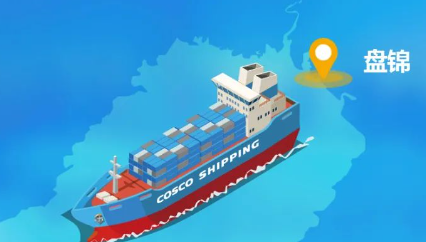
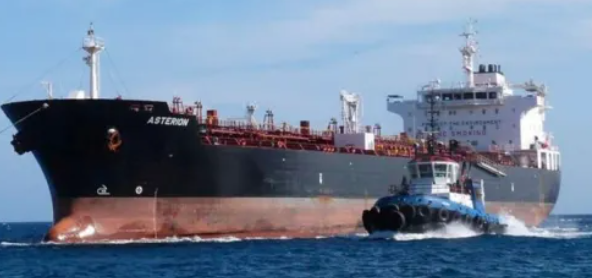
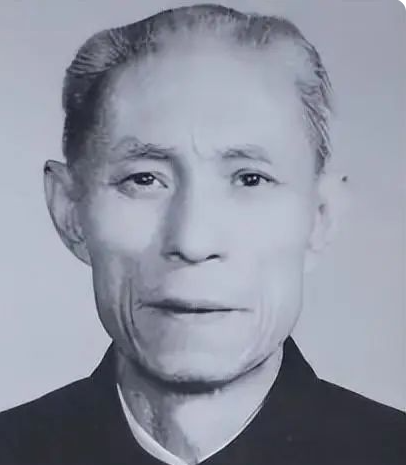
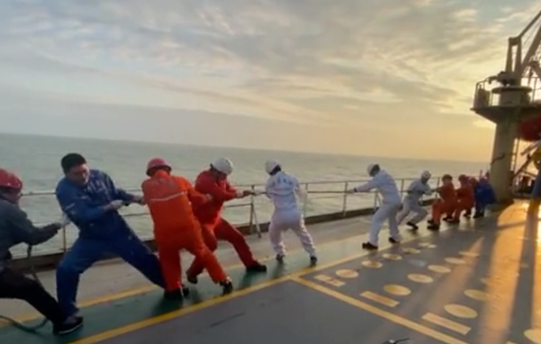
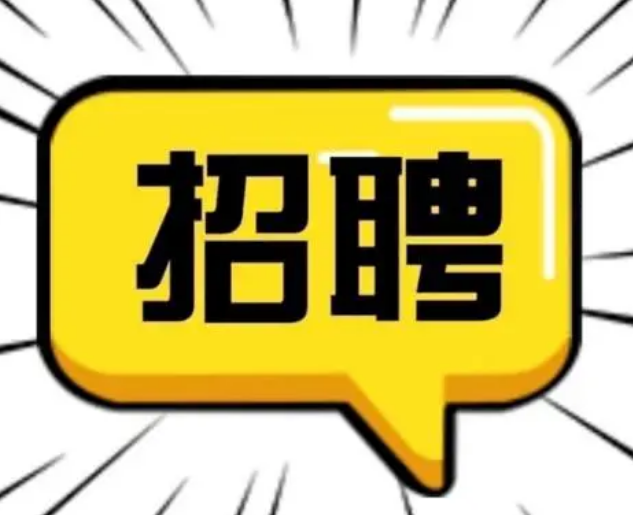
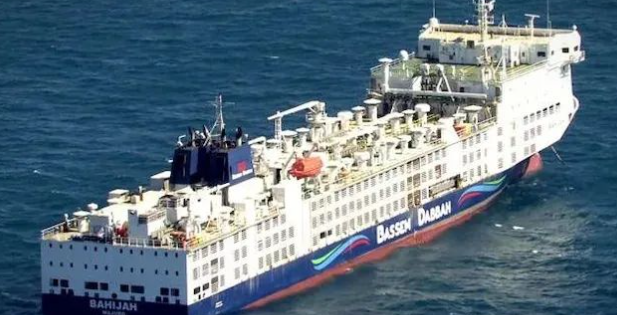
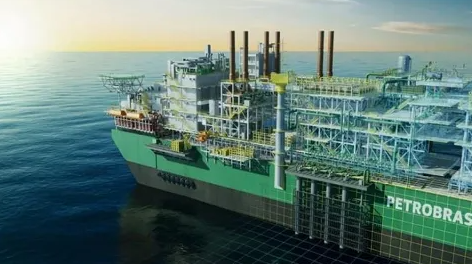



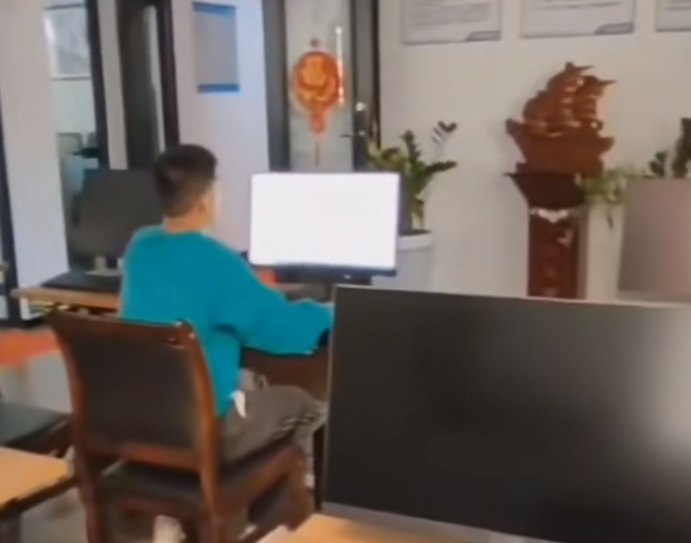


船员帮 帮船员